Pall HIT™ System detects defects in single-use systems (SUS) as small as 2 micrometers (µm). It offers increased assurance of integrity for critical applications. The system is capable of testing Allegro 3D storage biocontainer assemblies, LevMixer biocontainer assemblies made with Allegro film, and Magnetic Mixer biocontainer assemblies made with Allegro film. It follows a 3-step approach: Design Verification, Operational Qualification, and Performance Qualification.
Pall HIT™ System detects defects in single-use systems (SUS) as small as 2 micrometers (µm). It offers increased assurance of integrity for critical applications. The system is capable of testing Allegro 3D storage biocontainer assemblies, LevMixer biocontainer assemblies made with Allegro film, and Magnetic Mixer biocontainer assemblies made with Allegro film. It follows a 3-step approach: Design Verification, Operational Qualification, and Performance Qualification.




















-
 1
1
-
 2
2
-
 3
3
-
 4
4
-
 5
5
-
 6
6
-
 7
7
-
 8
8
-
 9
9
-
 10
10
-
 11
11
-
 12
12
-
 13
13
-
 14
14
-
 15
15
-
 16
16
-
 17
17
-
 18
18
-
 19
19
-
 20
20
-
 21
21
-
 22
22
-
 23
23
-
 24
24
Pall HIT™ System detects defects in single-use systems (SUS) as small as 2 micrometers (µm). It offers increased assurance of integrity for critical applications. The system is capable of testing Allegro 3D storage biocontainer assemblies, LevMixer biocontainer assemblies made with Allegro film, and Magnetic Mixer biocontainer assemblies made with Allegro film. It follows a 3-step approach: Design Verification, Operational Qualification, and Performance Qualification.
Ask a question and I''ll find the answer in the document
Finding information in a document is now easier with AI
Related papers
-
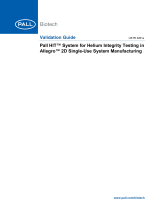 Pall HIT™ System Validation Guide
Pall HIT™ System Validation Guide
-
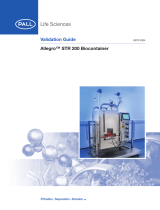 Pall Allegro™ STR 200 Biocontainer Validation Guide
Pall Allegro™ STR 200 Biocontainer Validation Guide
-
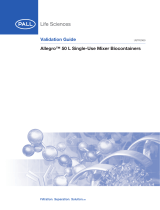 Pall Allegro™ 50 L Single-Use Mixer Biocontainers Validation Guide
Pall Allegro™ 50 L Single-Use Mixer Biocontainers Validation Guide
-
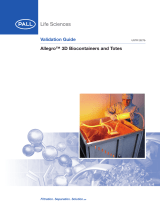 Pall Allegro™ 3D Biocontainers and Totes Validation Guide
Pall Allegro™ 3D Biocontainers and Totes Validation Guide
-
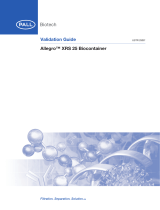 Pall Allegro™ XRS 25 Biocontainer Validation Guide
Pall Allegro™ XRS 25 Biocontainer Validation Guide
-
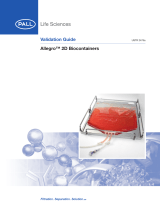 Pall Allegro™ 2D Biocontainers Validation Guide
Pall Allegro™ 2D Biocontainers Validation Guide
-
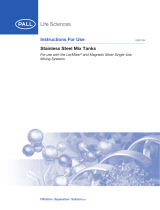 Pall Stainless Steel Mix Tanks Step-by-Step Guide
Pall Stainless Steel Mix Tanks Step-by-Step Guide
-
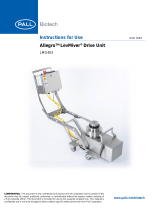 Pall Allegro™ LevMiver® Drive Unit Step-by-Step Guide
Pall Allegro™ LevMiver® Drive Unit Step-by-Step Guide
-
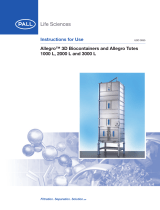 Pall Allegro™ 3D Biocontainers and Allegro Totes Step-by-Step Guide
Pall Allegro™ 3D Biocontainers and Allegro Totes Step-by-Step Guide
-
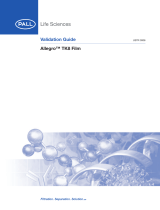 Pall Allegro™ TK8 Film Validation Guide
Pall Allegro™ TK8 Film Validation Guide


































